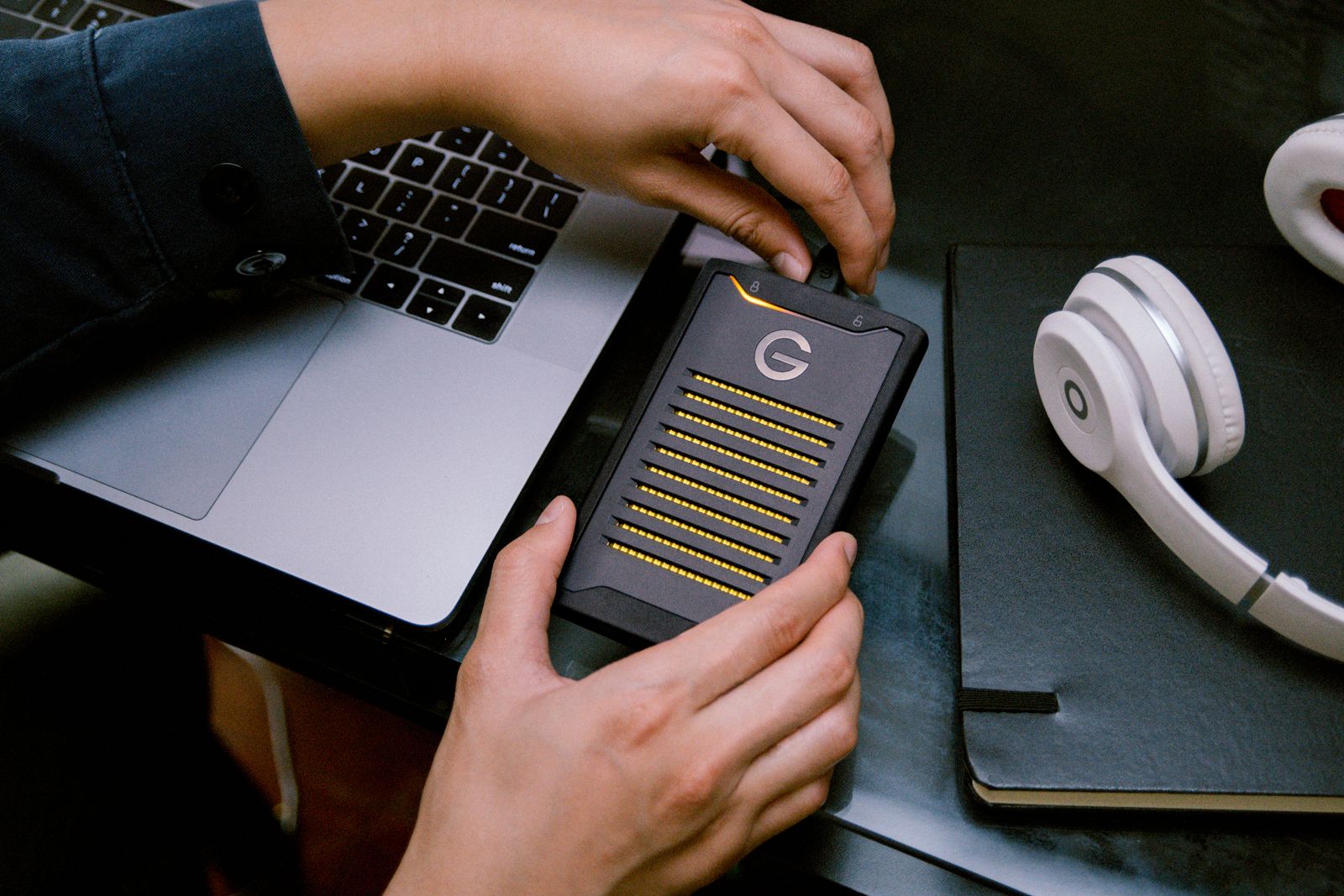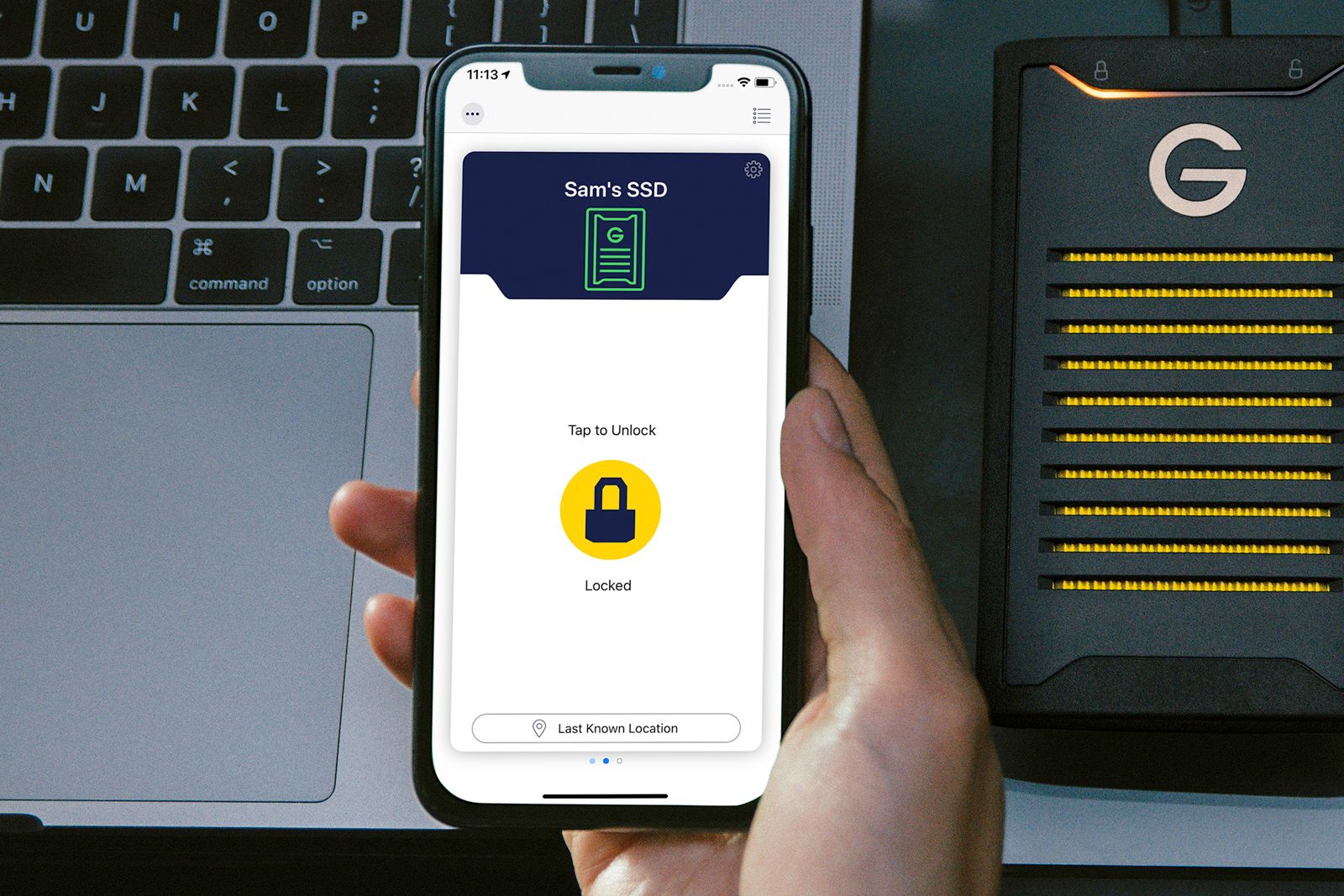Data security is more important than it’s ever been, especially for people that regularly deal with sensitive data. But traditional ways of encrypting that information have been challenging to use.
ArmorLock is a new tech from storage specialist Western Digital’s G-Technology division that we’ll likely see come to a wider range of drives in future.
The initial product in the range is a £560 encrypted 2TB NVMe SSD for anybody who wants to secure access to large volumes of data, such as video content creators.
And, of course, it’s ideal for anybody who needs to protect a large database of personal information. It uses top-notch 256-bit AES-XTS hardware-based encryption while the heat-dispensing drive casing is designed for protection from the elements with IP67 dust and water resistance (dust-tight plus full immersion up to 1m) plus up to 3m drop protection. It’s also designed to be protected from being crushed (up to 1000lb).
ArmorLock doesn’t work with a password. Instead, the platform works with a mobile app (iOS available already, Android incoming) to unlock the drive. You can control who accesses the data on the drive as well as what they can access. It’s designed to be quick to access in just a few seconds and WD
So you’re able to unlock it using your phone’s own security, whether you use face recognition, a fingerprint or a passcode. And you can manage several different drives and give access to specific users if you need to - by using a QR code if they're nearby. Or you can authorise remote users if you need to ship a drive elsewhere.
As it’s an NVMe SSD you can expect fast read and write speeds – WD demonstrates max read and write speeds in the region of 1,000MB per second (wow) if you have it connected to a USB-C port.
Providing you have access, you can securely erase and reformat the drive in a single step or track its last-known location on a map if you left it somewhere. You can also update the drive’s firmware through the app, too.


